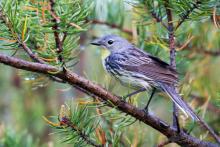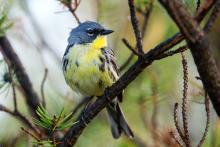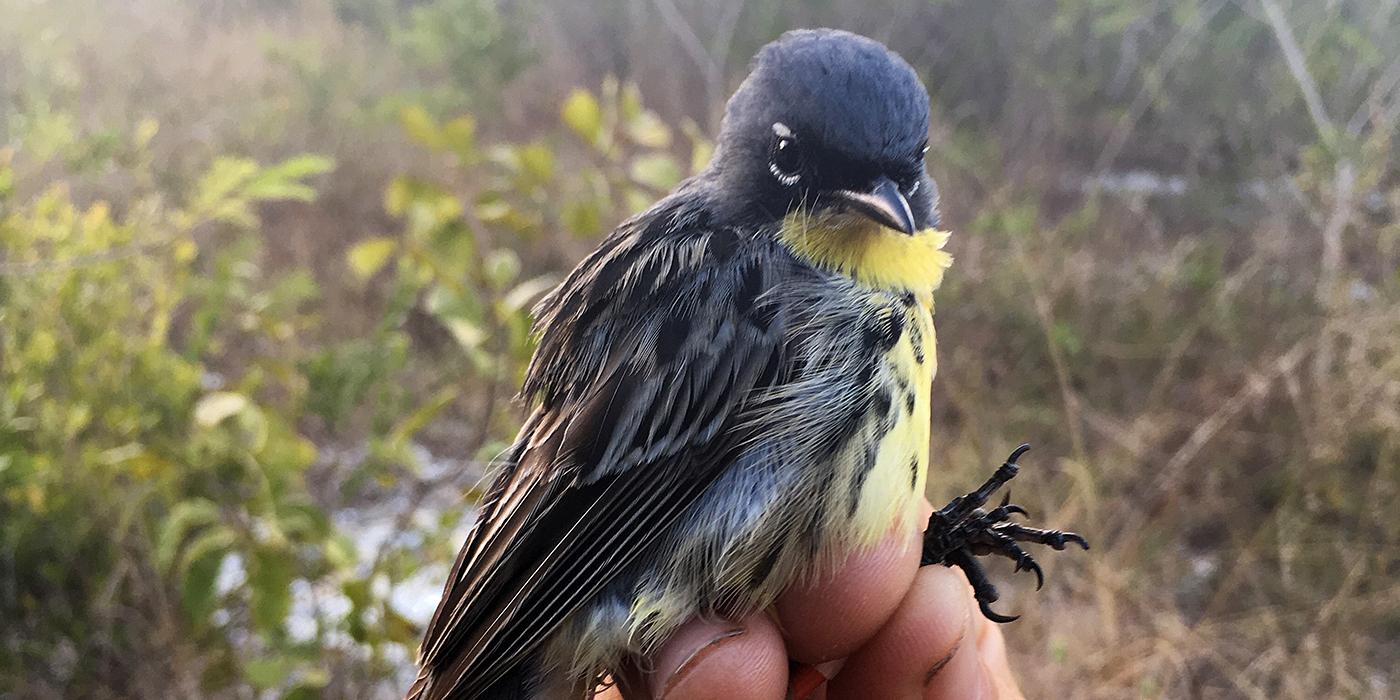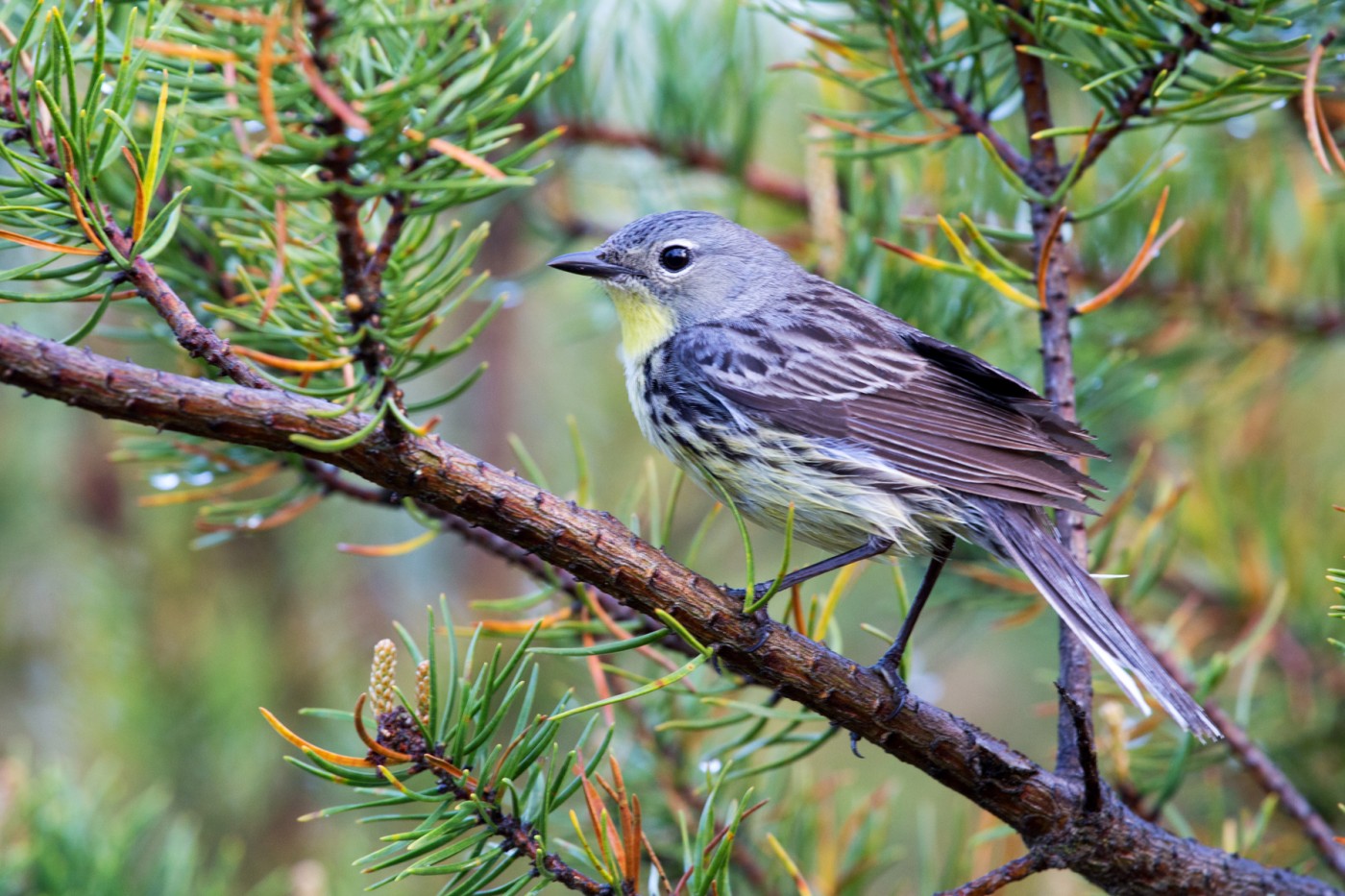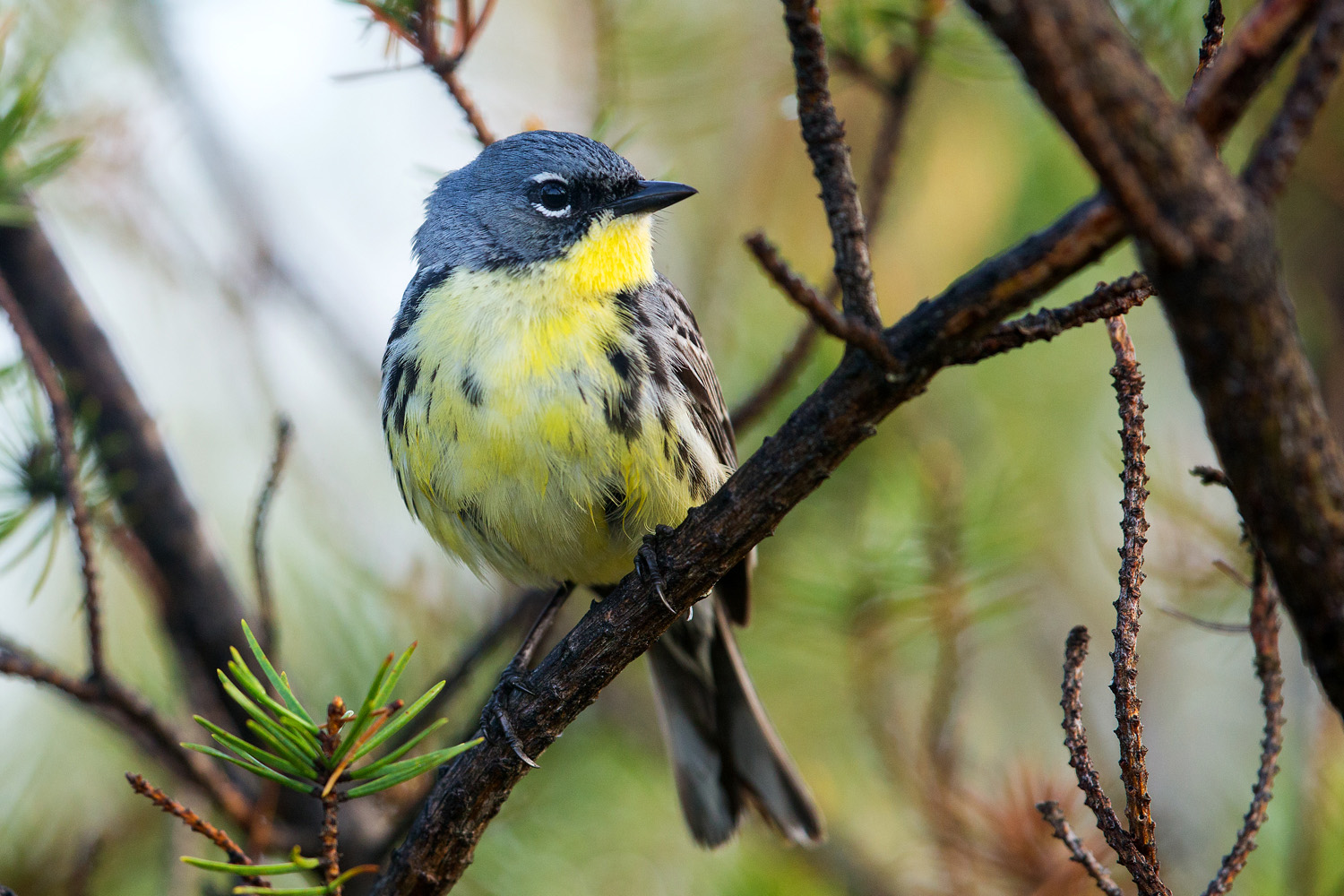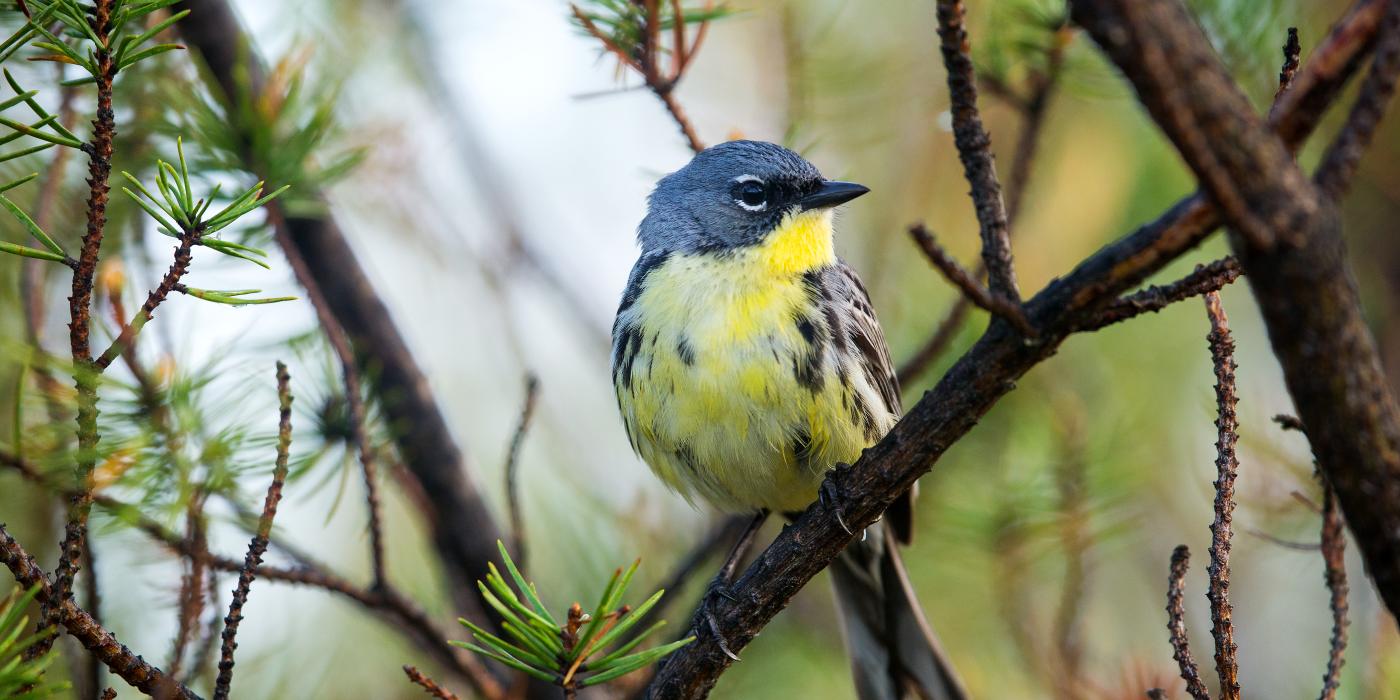2022 U.S. State of the Birds Report Reveals Widespread Losses of Birds in All Habitats–Except for One
A newly released State of the Birds report for the United States reveals a tale of two trends, one hopeful, one dire. Long-term trends of waterfowl show strong increases where investments in wetland conservation have improved conditions for birds and people. But data show birds in the United States are declining overall in every other habitat—forests, grasslands, deserts, and oceans.
Published by 33 leading science and conservation organizations and agencies, including the Smithsonian Migratory Bird Center, the 2022 U.S. State of the Birds report is the first look at the nation’s birds since a landmark 2019 study showed the loss of 3 billion birds in the United States and Canada in 50 years.
Findings included in the report:
- More than half of U.S. bird species are declining.
- U.S. grassland birds are among the fastest declining with a 34% loss since 1970.
- Waterbirds and ducks in the U.S. have increased by 18% and 34% respectively during the same period.
- 70 newly identified Tipping Point species have each lost 50% or more of their populations in the past 50 years, and are on a track to lose another half in the next 50 years if nothing changes. They include beloved gems such as Rufous Hummingbirds, songsters such as Golden-winged Warblers, and oceanic travelers such as Black-footed Albatrosses.
The report used five sources of data, including the North American Breeding Bird Survey and Christmas Bird Count, to track the health of breeding birds in habitats across the United States.
The report suggests that applying that winning formula in more habitats will help birds and natural resources rebound.
Data show that conservation must be stepped up to reverse the biggest declines among shorebirds, down by 33% since 1970, and grasslands birds, down by 34%. Recognizing the need to work at bigger, faster scales, 200 organizations from across seven sectors in Mexico, Canada, the U.S., and Indigenous Nations are collaborating on a Central Grasslands Roadmap to conserve one of North America's largest and most vital ecosystems—hundreds of million acres of grasslands.
Given widespread declines, the report emphasizes the need for proactive conservation across habitats and species.
The report advises that meeting the tremendous need will require a strategic combination of partnerships, incentives, science-based solutions, and the will to dramatically scale up conservation efforts.
###
Media kit includes 2022 State of the Birds Report (PDF) and multimedia. Use of provided graphics, bird photos, sounds, and videos is protected by copyright and permitted only within stories about the content of the 2022 State of the Birds report. Redistribution or any other use is prohibited without express written permission of the Cornell Lab of Ornithology or the copyright owner.
List of experts—regional and national experts available for interviews; click to see list.
Image Gallery
